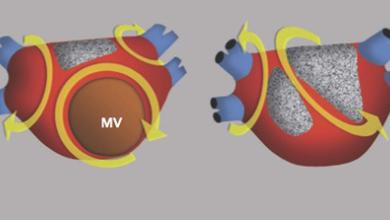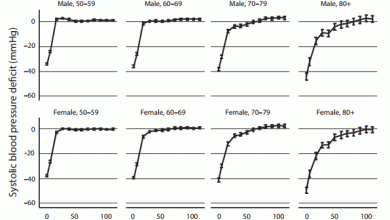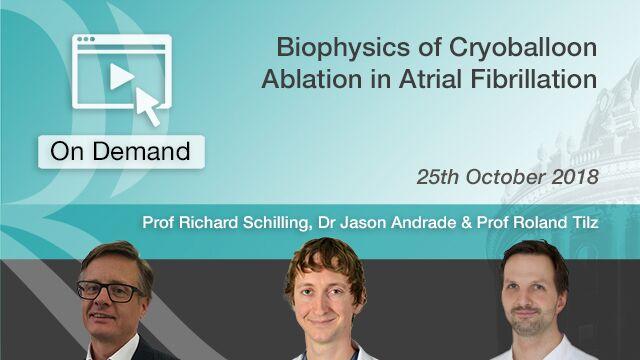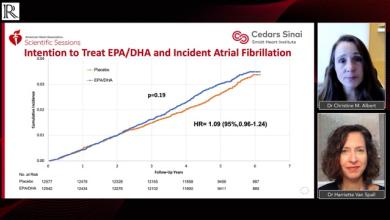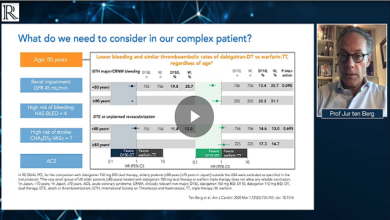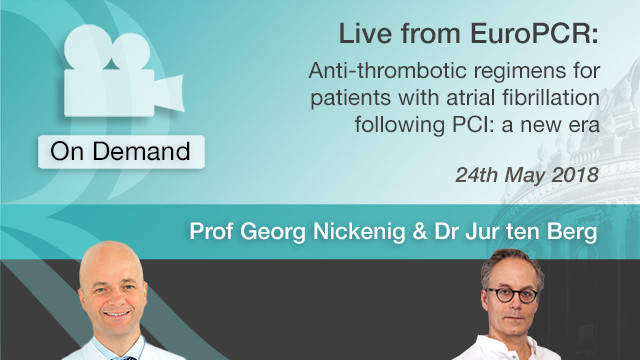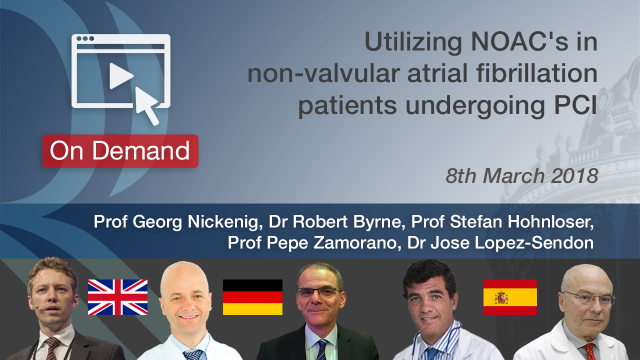Atrial fibrillation (AF) is the most common sustained type of cardiac arrhythmia, characterised by irregularly irregular ventricular pulse and loss of association between the cardiac apex beat and radial pulsation.
AF may be paroxysmal, persistent or permanent. Diagnostic investigation typically includes a complete history, physical examination, ECG, transthoracic echocardiogram, full blood count and serum thyroid stimulating hormone level.
Management involves control of the arrhythmia (by rhythm or rate control) and thromboprophylaxis to prevent strokes. Any underlying cause, such as acute infection or hyperthyroidism needs to be treated.
Options for treating AF include lifestyle changes, medication, medical procedures and surgery. The choice of treatment is based on heart rate and symptoms. Rate control is the first-line strategy. When medications are not effective, a procedure may be necessary – electrical cardioversion, pulmonary vein isolation ablation, catheter ablation of the AV node with a pacemaker or device therapy.










